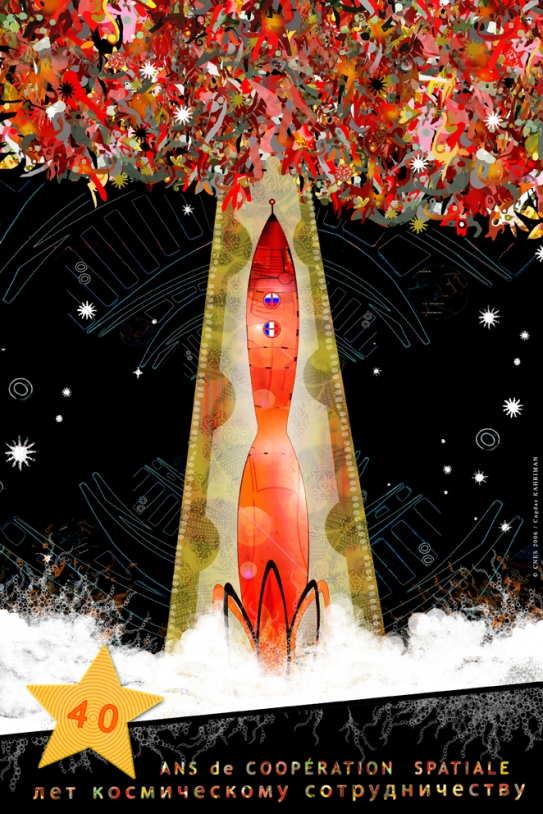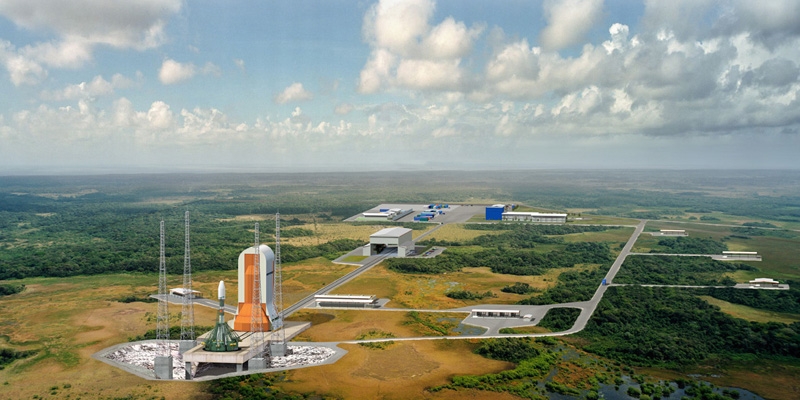22 June 2006
A bold initiative
Cast your mind back to 1966: the world was locked in the Cold War opposing East and West power blocs, each keeping the other in check through nuclear deterrence.
It was in this turbulent context that General Charles de Gaulle decided to signal France’s independence in signing a French-Russian intergovernmental agreement on the peaceful exploration of space.
It was in this turbulent context that General Charles de Gaulle decided to signal France’s independence in signing a French-Russian intergovernmental agreement on the peaceful exploration of space.

It was a bold initiative, due to the sensitive nature of the space technologies that would have been used to trigger a nuclear response and to the jealously guarded veil of secrecy surrounding the Soviets’ launchers.
But despite such obstacles, scientists and engineers in both nations very quickly established a fruitful rapport and the agreement soon produced results.
In 1970, France took part in the Soviet lunar programme and received its share of moon samples from the Luna probes.
In 1976, the Luna 17 mission put the Lunakhod 1 rover on the Moon. The rover’s laser retroreflectors, developed by French engineers, are still used today to measure the Earth-Moon distance.
In 1976, the Luna 17 mission put the Lunakhod 1 rover on the Moon. The rover’s laser retroreflectors, developed by French engineers, are still used today to measure the Earth-Moon distance.
Broad and varied cooperation
In subsequent years, scientific cooperation expanded to encompass exploration of Mars and Venus, a flyby of Comet Halley and a number of astronomy programmes.
In 1982, Jean-Loup Chrétien became France’s 1st astronaut on the 1st of 8 French-Russian spaceflight missions, during which French astronauts performed a series of science and technology experiments.
In 1982, Jean-Loup Chrétien became France’s 1st astronaut on the 1st of 8 French-Russian spaceflight missions, during which French astronauts performed a series of science and technology experiments.

Such a prospect would have been unthinkable 40 years ago. This project shows emphatically what a visionary step that 1st agreement in 1966 was.
To mark the anniversary of this agreement, CNES is organizing a seminar in Moscow this autumn on the theme Racines du futur (Roots of the future).
Also this year, the “Gagarin stone” from Baikonur, where Yuri Gagarin became the 1st man to be lofted into space, will be laid inside the new Soyuz launch pad in Sinnamary, French Guiana.
To mark the anniversary of this agreement, CNES is organizing a seminar in Moscow this autumn on the theme Racines du futur (Roots of the future).
Also this year, the “Gagarin stone” from Baikonur, where Yuri Gagarin became the 1st man to be lofted into space, will be laid inside the new Soyuz launch pad in Sinnamary, French Guiana.
More about
CNES programmes: Soyuz in Guiana